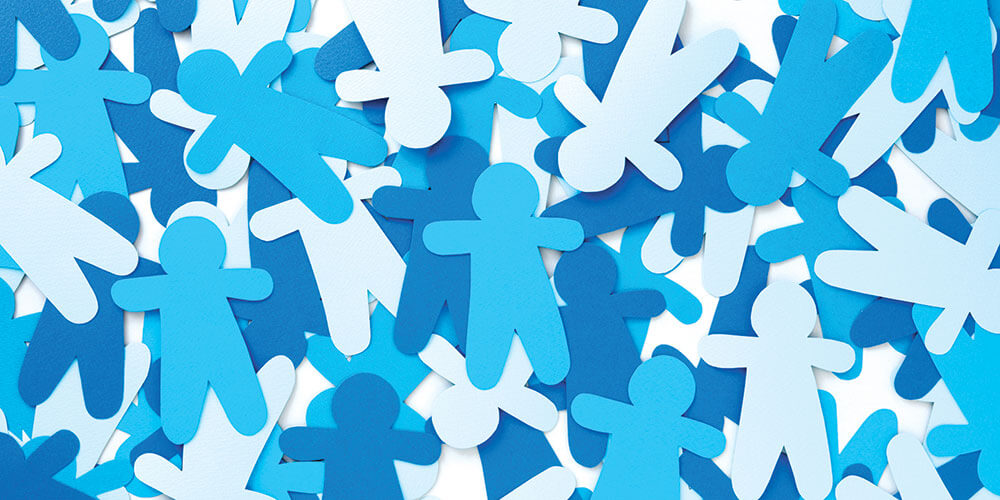Pharmacy schools are taking steps to address cultural competency by preparing future pharmacists to be inclusive and ensure that everyone receives the care they need.
By Jane E. Rooney
Diversity has long been a buzzword in workplaces, in politics, on college campuses, in the entertainment industry—virtually all corners of society. But for health professionals, including pharmacists, recognizing diversity goes beyond simply acknowledging that patients represent different backgrounds. Truly understanding people’s differences and cultures can be a vital part of providing quality patient care. Cultural competency is defined as “a set of congruent behaviors, attitudes and policies that comes together in a system, agency or among professionals, and enable that system, agency or those professions to work effectively in cross-cultural situations.”
Obstacles to health can lead to health disparities, which stem from characteristics historically linked to discrimination or exclusion such as race or ethnicity, religion, socioeconomic status, gender, mental health, sexual orientation or geographic location. Ideally, when health providers recognize cultural differences and work to minimize health disparities, they can achieve health equity. According to the Centers for Disease Control and Prevention, health equity occurs when all people have the opportunity to attain their full health potential and no one is disadvantaged from achieving this potential because of their social position or other socially determined circumstance. Addressing these issues is a priority for institutions as well as the Academy as a whole.
“The conditions in which people are born, live, learn, work, play, worship, intersect with culture and affect a wide range of health functioning and outcomes,” said Carla White, assistant dean, Innovative Leadership and Diversity, University of North Carolina at Chapel Hill Eshelman School of Pharmacy. “A diverse workforce and culturally skilled clinicians and scientists are a societal need.” White is chair of a special Taskforce on Diversifying Our Investment in Human Capital, which was appointed for the period of 2015–2017 by AACP Past President Cynthia J. Boyle based on recommendations from the Argus Commission. The Taskforce was charged with identifying barriers that inhibit the diversification of human capital in college and schools of pharmacy; finding “game changers” in professional education, healthcare or related areas where substantial improvements have been achieved; and recommending strategies, vetted through the AACP councils for input, for short- and long-term solutions. The AACP Board of Directors asked the Taskforce to develop and propose a diversity statement to guide the Association’s work. The board adopted the following statement in November 2016: AACP affirms its commitment to foster an inclusive community and leverage diversity of thought, background, perspective and experience to advance pharmacy education and improve health.
“Health equity and health disparities are the why to cultural competence and inclusion,” White noted. “When clinicians and researchers are not prepared, they are not asking the right questions, not equipped to consider the patient’s primary concerns and often lack self-awareness and may come across as judgmental. These experiences lead to suboptimal or no care and the lack of diversity in clinical trials.”



